Sunrise, Sunset
By Barbara J. Eikmeier
I once read that for health and prosperity a person should strive to watch two sunrises a year. I know there are some people who see two or three hundred sunrises a year. I’m not one of them. As for sunsets, I’m well-rehearsed on the shift of colors, time of day across all four seasons, and I know if the back yard is glowing pink in autumn (which means I have my back to the sun) it’s my cue to go out the front door for a “red sky at night” sunset viewing.
When I do see a sunrise (at least two per year) I’m amazed at how much more aware I am of the changing sky. Maybe light emerging from the darkness is more dramatic than fading daylight, but I think it’s the rarity of my sunrise viewing that causes me to notice the fine details.
One August morning I was leaving home early with a three-hour drive ahead of me. As I backed out of the garage, I caught the morning sun filtering through the trees creating a starburst of long sunbeams. 50 feet away, one of those rays cast light on a spider web, outlining it in perfect detail. It was far from me, yet, thanks to the sunrise spotlight, I could see the sparkle of dew drops on the silken web.
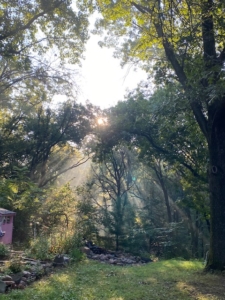
August sunrise
When my dad became ill a few years ago, I went to California regularly to help take care of him. Over the next year and half, while there, one of my duties was fixing breakfast. My dad liked his breakfast at 7 AM, and we weren’t talking about a bowl of cold cereal with milk. On the farm breakfast was a full meal and my elderly parents, as much out of habit as preference, still liked yogurt and fruit with eggs and bacon, or pancakes and sausage, or hot oatmeal every day. To have it ready and served on time I was up early and therefore saw far more than the requisite two sunrises a year.
Not an early riser by nature, I was grumpy in the morning and didn’t have much patience for cooking eggs and oatmeal before I was fully awake (I once reversed the amount of water with the amount of oats and ended up with inedible paste). My reward for getting up and making breakfast became watching the sunrise from my mother’s kitchen window.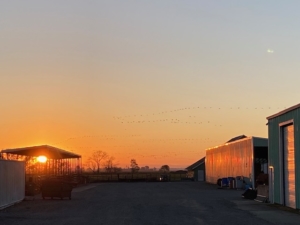
As the seasons passed, while logging away the months of my dad’s declining health, I monitored the shift of seasons by the position of the sun coming up behind the barn. The bright orange orb of summer rose far on the northern edge of the distant Sierra Nevada Mountains out of my view. By 7 AM the summer heat was already a conversation for the day. By late summer, the sunrise had started its slide south, rising along the edge of the barn. In autumn and again in the spring, from that kitchen window, I had a straight-on view of the sunrise, the coral horizon accented with great Vs of migrating geese. During winter, I’d already be clearing the table before the sun, often shrouded with dense fog or streaked with scattered clouds, showed her face on the southern edge of my view.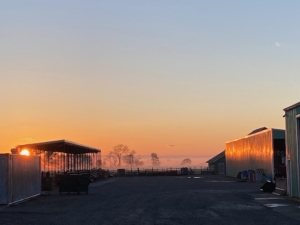
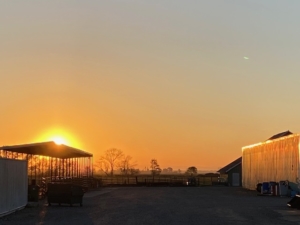

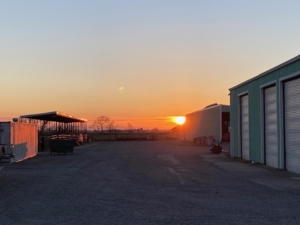
Some mornings I stepped outside in my apron and bare feet to take in the wonder of the new day while snapping a picture. But most of the time I stood at that window and thought, isn’t that sunrise worth getting up for?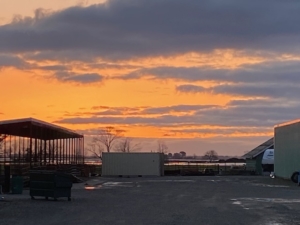
Are you a sunrise or sunset person? Do you make notes of dawn and dusk skies you’ve observed and use them to inform time of day in your writing?
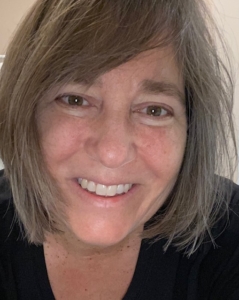 Barbara J. Eikmeier is a quilter, writer, student of quilt history, and lover of small-town America. Raised on a dairy farm in California, she enjoys placing her characters in rural communities.
Barbara J. Eikmeier is a quilter, writer, student of quilt history, and lover of small-town America. Raised on a dairy farm in California, she enjoys placing her characters in rural communities.

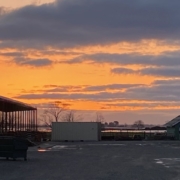
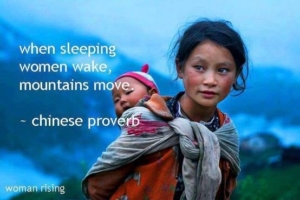 ¡AY, QUÉ LÀSTIMA! by Linda Rodriguez
¡AY, QUÉ LÀSTIMA! by Linda Rodriguez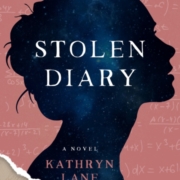

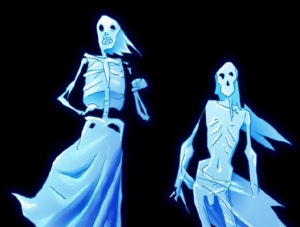
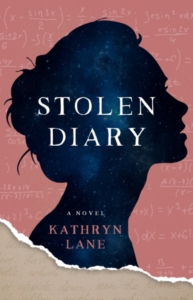
 Kathryn Lane writes mystery and suspense novels set in foreign countries. In her award-winning Nikki Garcia Mystery Series, her protagonist is a private investigator based in Miami. Her latest publication is a coming-of-age novel, Stolen Diary, about a socially awkward math genius.
Kathryn Lane writes mystery and suspense novels set in foreign countries. In her award-winning Nikki Garcia Mystery Series, her protagonist is a private investigator based in Miami. Her latest publication is a coming-of-age novel, Stolen Diary, about a socially awkward math genius.